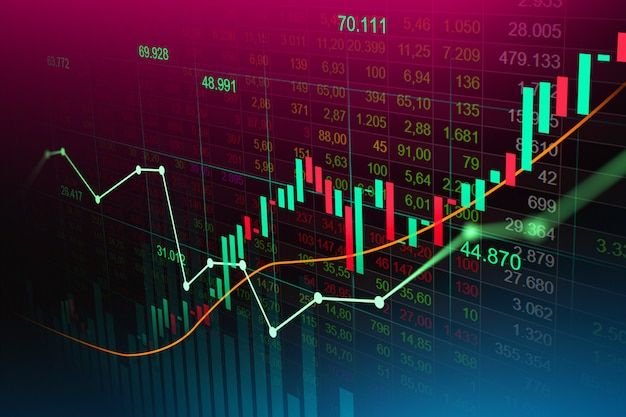As we enter 2025, the precious metals market, particularly gold and silver, continues to captivate investors worldwide. Both metals have experienced significant price movements in recent years, influenced by a complex interplay of economic indicators, geopolitical tensions, and market sentiment. This comprehensive analysis delves into the current state of gold and silver prices, examines the factors shaping their trajectories, and explores expert forecasts for the year ahead.
Current Market Overview
Gold:
Gold concluded 2024 with a remarkable performance, marking its best year since 2010. The spot price of gold increased by over 26% during the year, reaching several record highs and peaking at $2,790.15 per ounce on October 31, 2024.
As of early January 2025, gold prices have slightly retracted, trading around $2,639 per ounce.
Silver:
Silver mirrored gold’s upward trend in 2024, outperforming its counterpart with a gain of approximately 29.3%.
The metal surpassed the $30 per ounce threshold, a significant milestone that garnered substantial attention from investors and analysts alike. Currently, silver is trading near $29.50 per ounce, maintaining its strong position in the market.
Factors Influencing Gold and Silver Prices
Several key factors have been instrumental in driving the prices of gold and silver:
- Monetary Policy and Interest Rates:
The U.S. Federal Reserve’s monetary policy has a profound impact on precious metals. In 2024, the Fed’s decision to implement rate cuts contributed to the depreciation of the U.S. dollar, enhancing the appeal of gold and silver as alternative stores of value. Analysts anticipate that the Fed’s approach to interest rates in 2025 will continue to influence precious metal prices. - Geopolitical Tensions:
Ongoing geopolitical conflicts, particularly in the Middle East and Ukraine, have heightened global economic uncertainties. Such tensions typically drive investors toward safe-haven assets like gold and silver, bolstering their demand and, consequently, their prices. - Central Bank Purchases:
Global central banks have been diversifying their reserves by increasing gold holdings, thereby supporting higher gold prices. This trend is expected to persist into 2025, providing a continued foundation for gold’s value. - Industrial Demand:
Silver’s extensive industrial applications, particularly in the production of solar panels and electronics, contribute to its price dynamics. The ongoing global emphasis on renewable energy and technological advancements is likely to sustain robust industrial demand for silver.
Expert Forecasts for 2025
Gold:
- Goldman Sachs: The investment bank forecasts that gold prices could reach approximately $2,795 per troy ounce in 2025, about 7% higher than current prices. This projection is based on factors such as ongoing central bank purchases, potential interest rate cuts by the U.S. Federal Reserve, and geopolitical tensions.
- J.P. Morgan: Strategists at J.P. Morgan project that gold will average $2,950 per ounce in 2025, with potential to rise towards $3,000. This outlook is linked to uncertainties surrounding the upcoming U.S. administration’s policies, which may cause economic disruptions and inflation.
Silver:
- InvestingHaven: Analysts predict that silver will test its former all-time highs in 2025, with bullish price targets around $50 per ounce. This optimistic forecast is based on anticipated industrial demand and market dynamics.
- UBS: The financial services firm advises investors to stay long on silver, expecting its price to reach USD 36-38 per ounce in 2025. This projection is supported by falling U.S. real yields and improving global industrial activity.
Market Sentiment and Investment Strategies
The prevailing sentiment in the precious metals market is cautiously optimistic. While the bullish forecasts for gold and silver are encouraging, investors are advised to remain vigilant regarding potential market volatility. Factors such as unexpected shifts in monetary policy, geopolitical developments, and changes in industrial demand can significantly influence price movements.
For investors considering exposure to gold and silver in 2025, diversification remains a prudent strategy. Allocating a portion of investment portfolios to precious metals can serve as a hedge against economic uncertainties and inflationary pressures. However, it is essential to conduct thorough research and consider individual risk tolerance before making investment decisions.
Conclusion
In summary, the outlook for gold and silver in 2025 appears promising, with both metals poised to benefit from a confluence of supportive factors. Monetary policies, geopolitical tensions, central bank activities, and industrial demand are all set to play pivotal roles in shaping their price trajectories. As always, investors should stay informed and exercise due diligence to navigate the complexities of the precious metals market effectively.
Also Read: Japanese Stocks Surge: Key Moves and Sector Highlights




